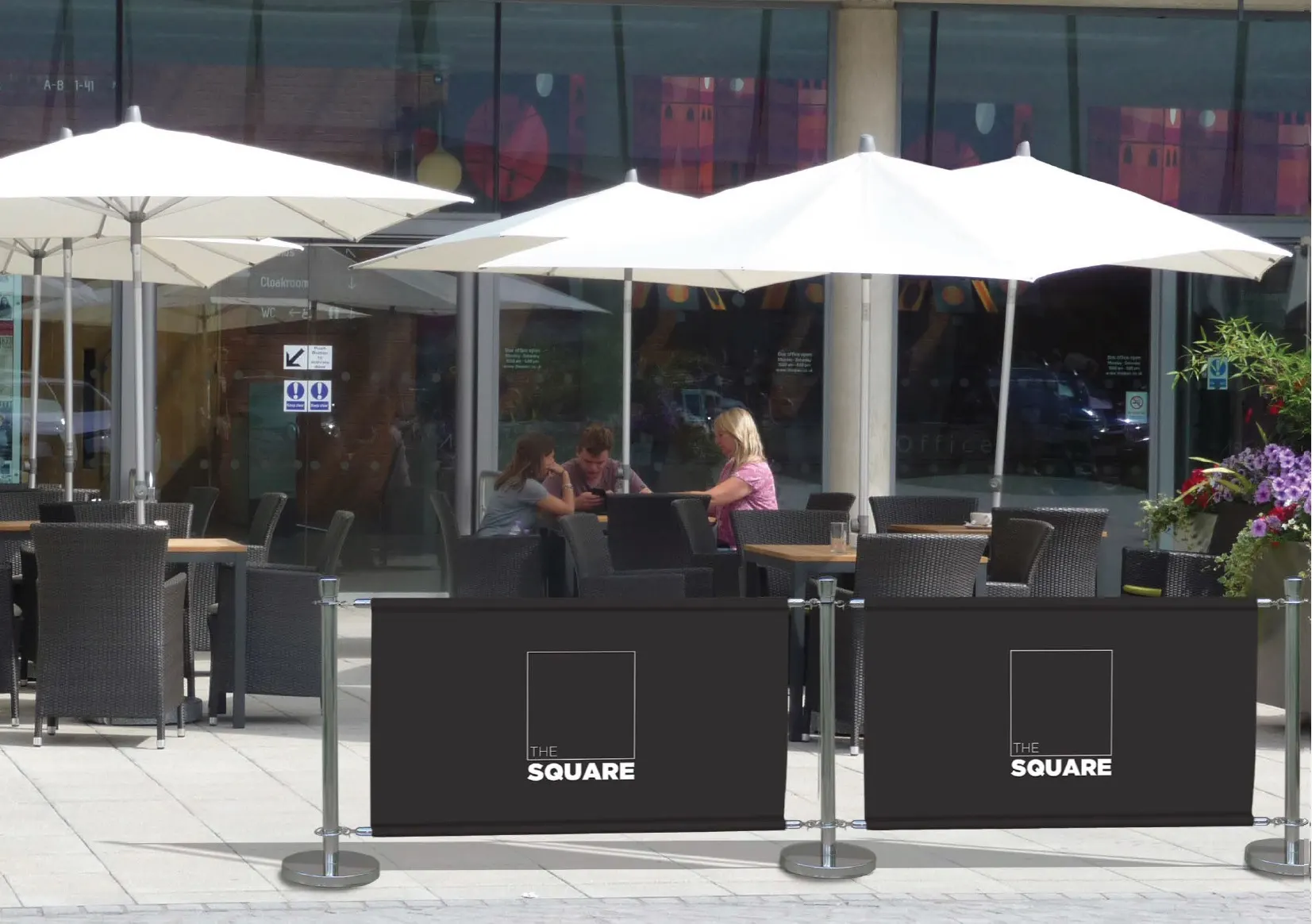The evolution of inclusive home access designs is propelled by technology and a growing focus on universal accessibility. How do tech-driven solutions benefit individuals with disabilities, unlocking a more inclusive living experience? By merging cutting-edge tech with inclusive design, homes transform into empowering spaces, not limiting obstacles.
Key Takeaways
- Tech-driven designs improve home accessibility, enabling individuals with disabilities to navigate spaces safely and independently.
- Inclusive home access promotes dignity, well-being, and social inclusion by catering to diverse needs and abilities.
- Smart home technologies integrate assistive tools, intelligent systems, and sustainable materials to revolutionize independent living.
- Universal accessibility and usability prioritize user-centricity, comfort, and empowerment in home design.
- Incorporating AI and groundbreaking solutions in home design ensures equal opportunities and a sense of belonging for all.
Barriers to Inclusive Home Access
Physical barriers, such as tight doorways and steep staircases, are significant obstacles to inclusive home access, often limiting or preventing individuals with disabilities from fully engaging with their living space. The barriers restrict independence, dignity, and overall well-being, highlighting the need for inclusive home access designs that prioritize universal accessibility and usability.
Benefits of Tech-Driven Design Solutions
The integration of technology-driven design solutions can greatly improve inclusive home access designs, offering a multitude of benefits that cater to the varied needs of individuals, regardless of their abilities. These solutions amplify safety, convenience, and independence, while promoting social inclusion and dignity for all users, ultimately enriching their quality of life within their living spaces.
Inclusive Home Access Designs Matter
Incorporating inclusive home access designs in residential spaces is crucial, as it acknowledges and respects the varied needs of individuals, providing equal opportunities for everyone to navigate and interact with their living environment. By prioritizing inclusive home access style, we can create spaces that are accessible, comfortable, and empowering for all, regardless of age or ability.
Smart Homes for Independent Living
Through the integration of assistive technologies and intelligent systems, smart homes can support independent living for individuals with disabilities, elderly individuals, and those with temporary or permanent mobility impairments, enabling them to navigate their living spaces with greater ease and autonomy. This inclusive home access design approach prioritizes user-centricity, nurturing a sense of belonging and empowerment.
Future of Accessible Home Design
As technology continues to advance, the future of accessible home design is poised to revolutionize the way we live, incorporating groundbreaking solutions that seamlessly integrate assistive technologies, artificial intelligence, and sustainable materials to create inclusive home access designs that promote independence, comfort, and well-being. This synergy will empower individuals to thrive in their homes, nurturing a sense of belonging and community.
Frequently Asked Questions
What Are the Most Common Disabilities That Benefit From Inclusive Home Access Designs?
Individuals with mobility impairments, such as paralysis, arthritis, and musculoskeletal disorders, greatly benefit from inclusive home access designs, as do those with sensory disabilities, including visual and hearing impairments, and cognitive disabilities like autism and dementia.
Can Smart Home Devices Be Integrated With Existing Home Structures?
Yes, smart home devices can be integrated with existing home structures, enabling seamless accessibility and convenience for individuals with disabilities, whilst enhancing overall livability and independence.
How Do Tech-Driven Inclusive Design Solutions Improve Home Safety Features?
Tech-driven inclusive design solutions drastically improve home safety features by integrating advanced sensors, alarms, and automation, enabling real-time monitoring and response to potential hazards, thereby ensuring a safer and more accessible living environment for all occupants.
What Role Do Voice Assistants Play in Inclusive Home Access Designs?
Voice assistants play a pivotal role in inclusive home access designs by enabling individuals with disabilities to manage their living environment, promoting independence and accessibility through voice-controlled commands and smart home integrations.
Can Inclusive Home Access Designs Be Adapted for Multi-Generational Households?
In multi-generational households, inclusive home access style can be adapted by incorporating adaptable and modular design elements, such as adjustable countertops and smart home technology, to accommodate diverse needs and abilities across generations.
Conclusion
To sum up, incorporating tech-driven inclusive design solutions in homes effectively breaks down physical barriers, promoting independence, convenience, and safety. By prioritizing universal accessibility and usability, individuals with disabilities can navigate and interact with their living spaces with equal opportunities. As technology continues to evolve, embracing inclusive home access designs will be essential in promoting social inclusion, enhancing overall well-being, and enriching the quality of life for residents.
You may also love to read: Transforming Your Exterior Home Upgrades for Better Living






